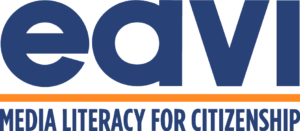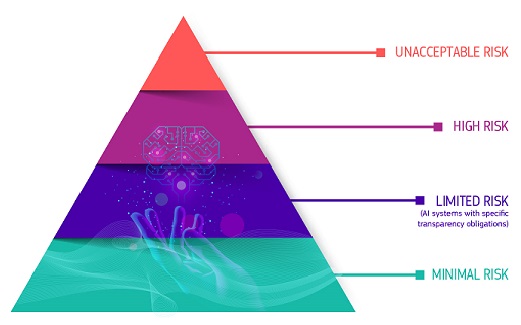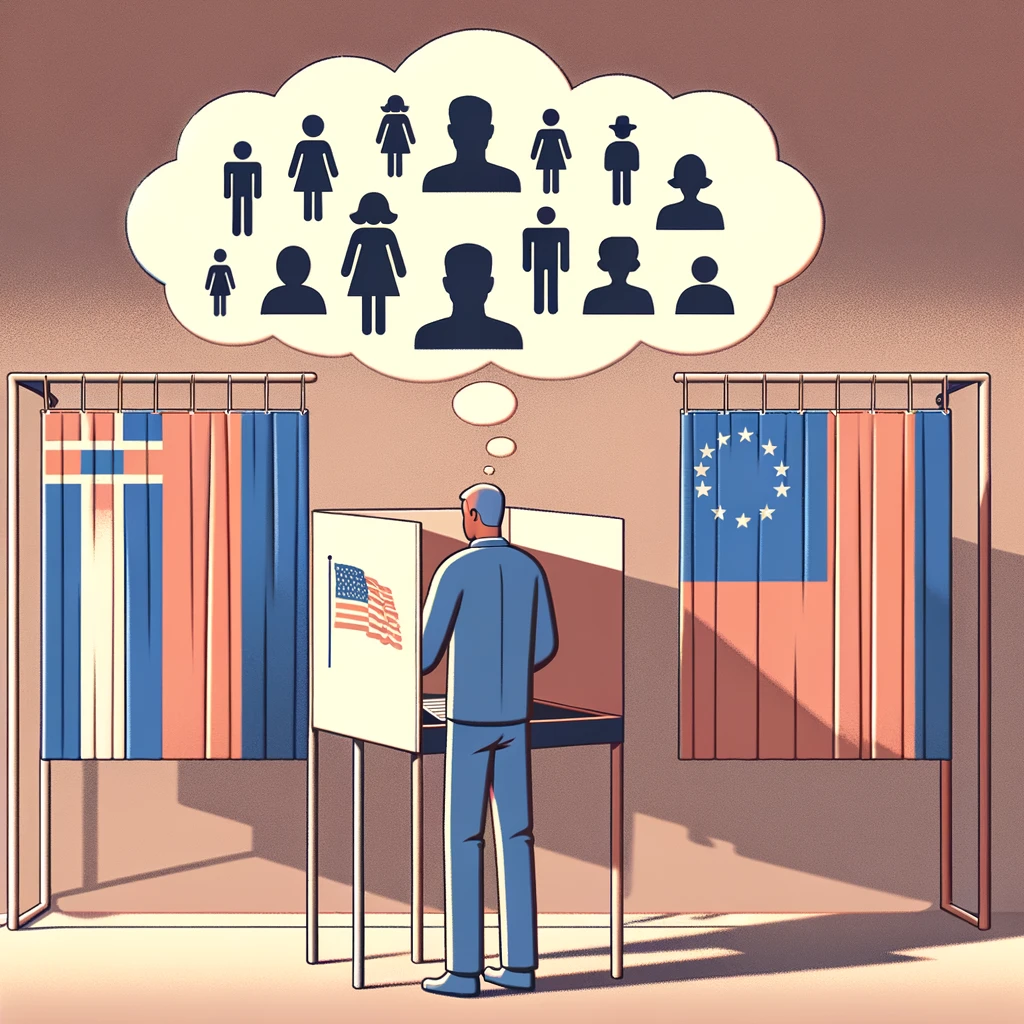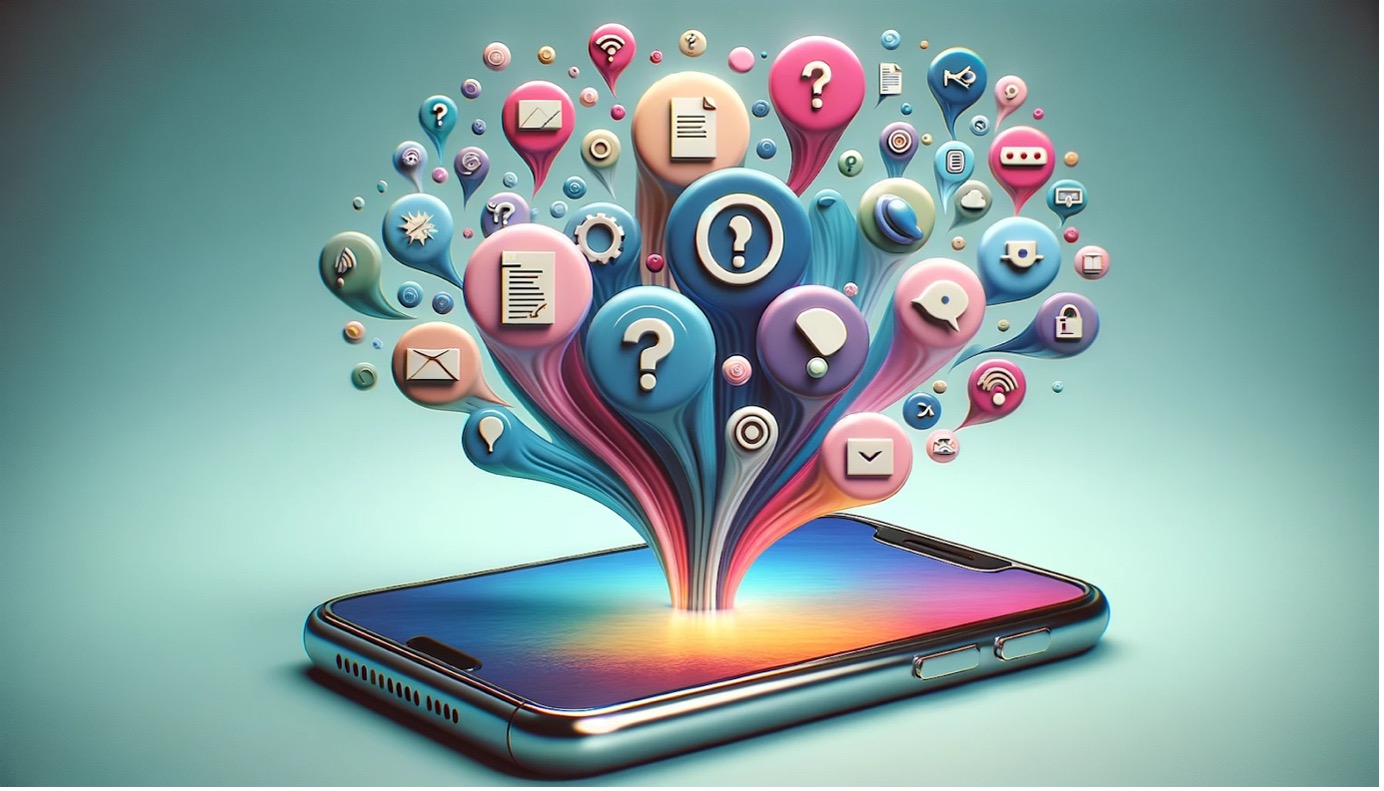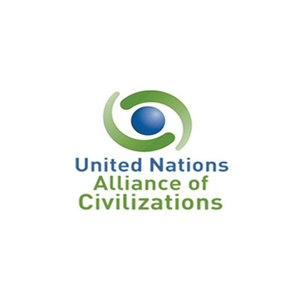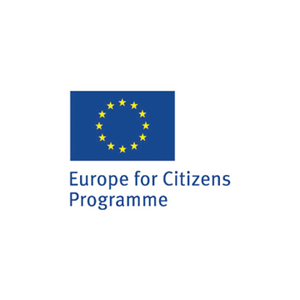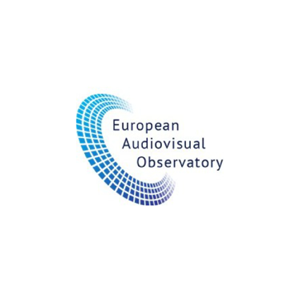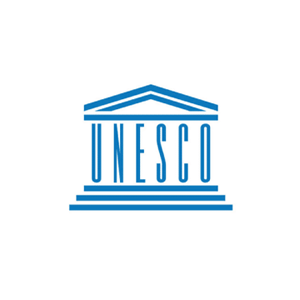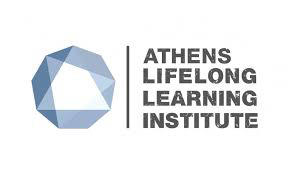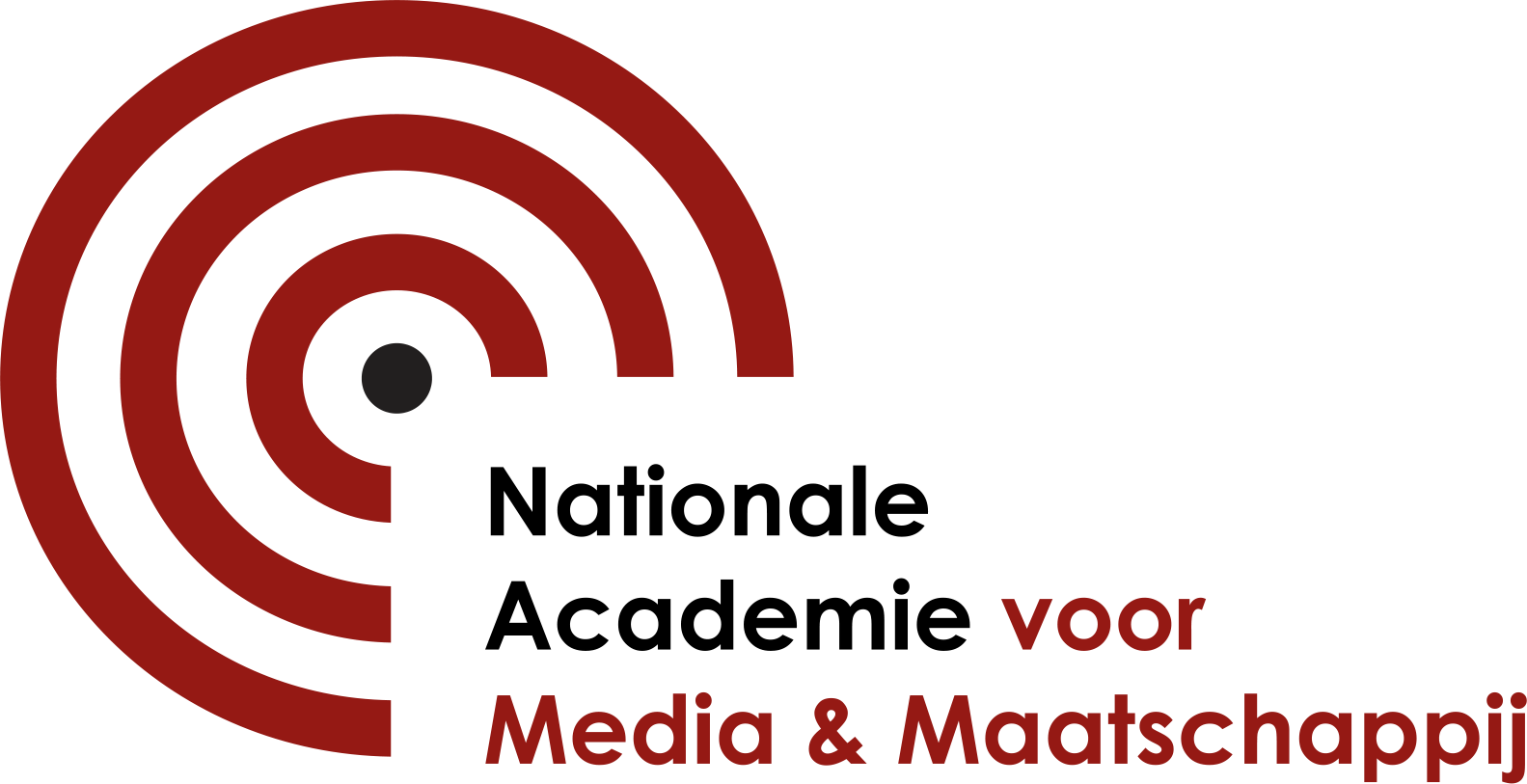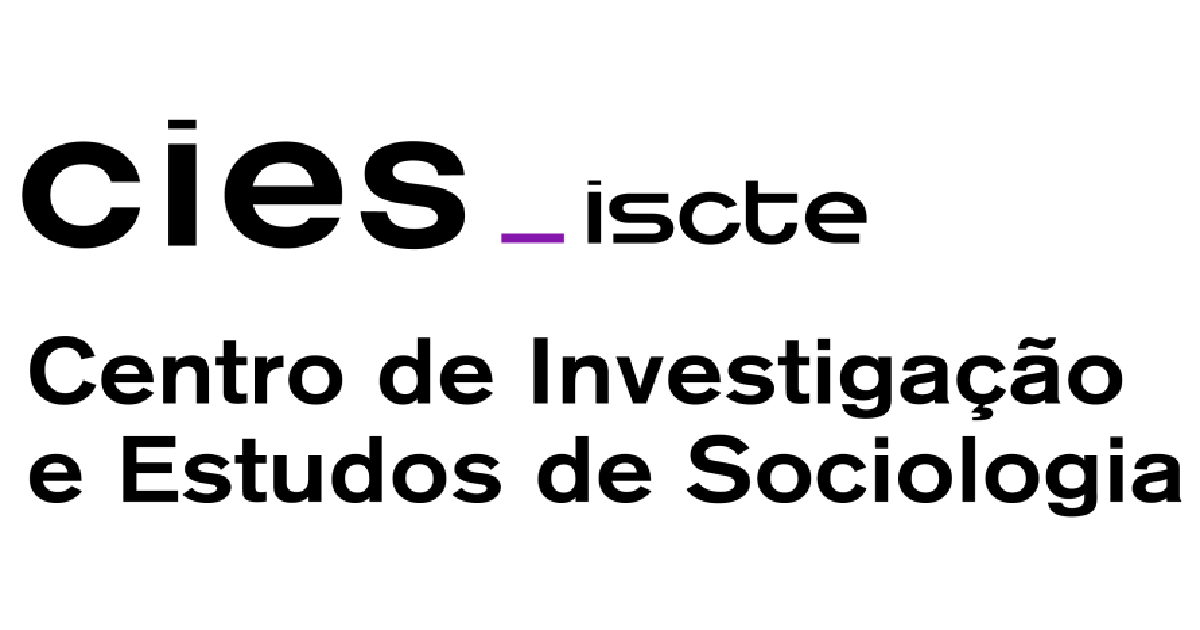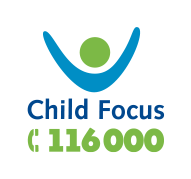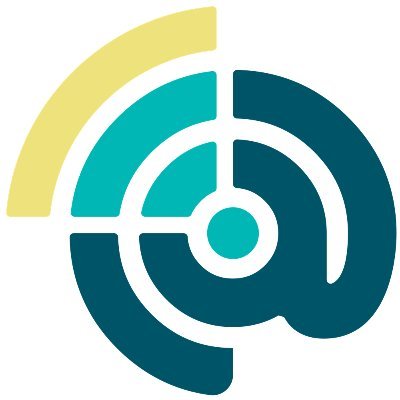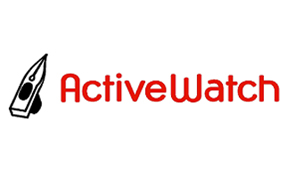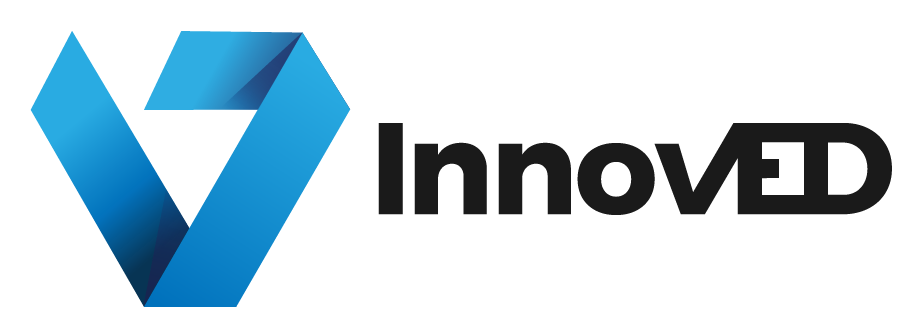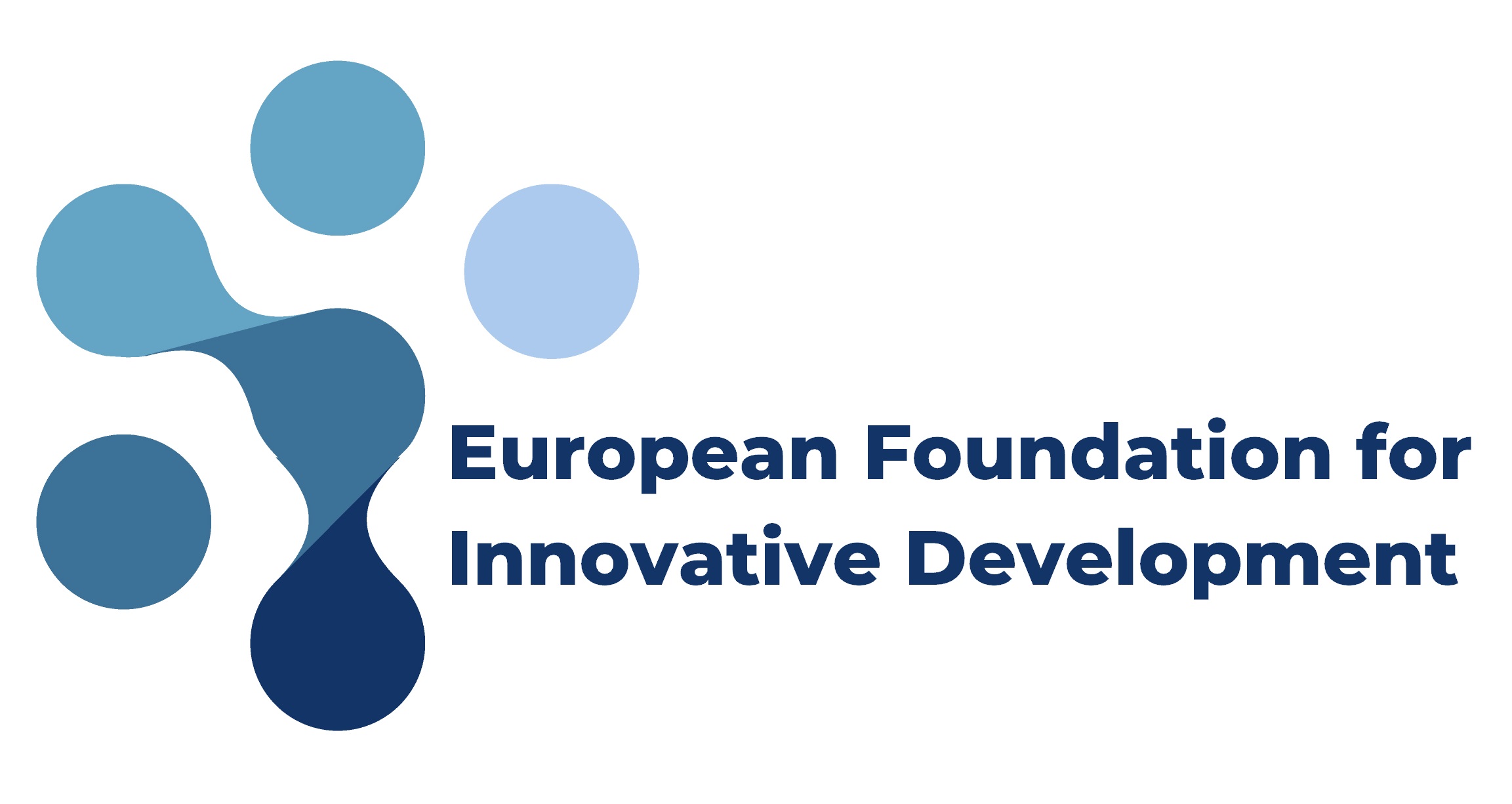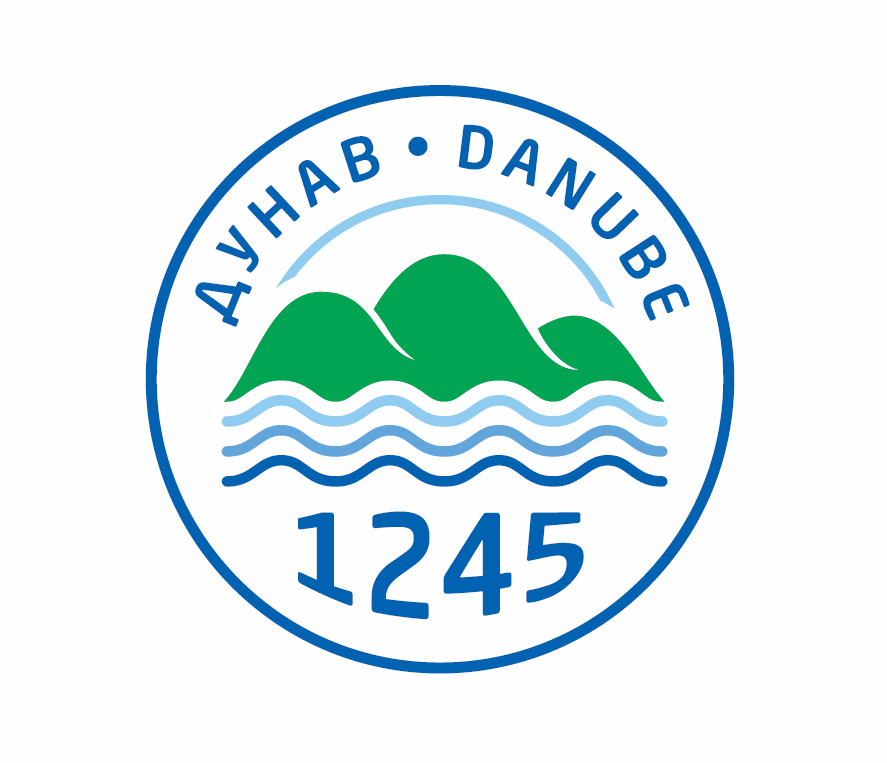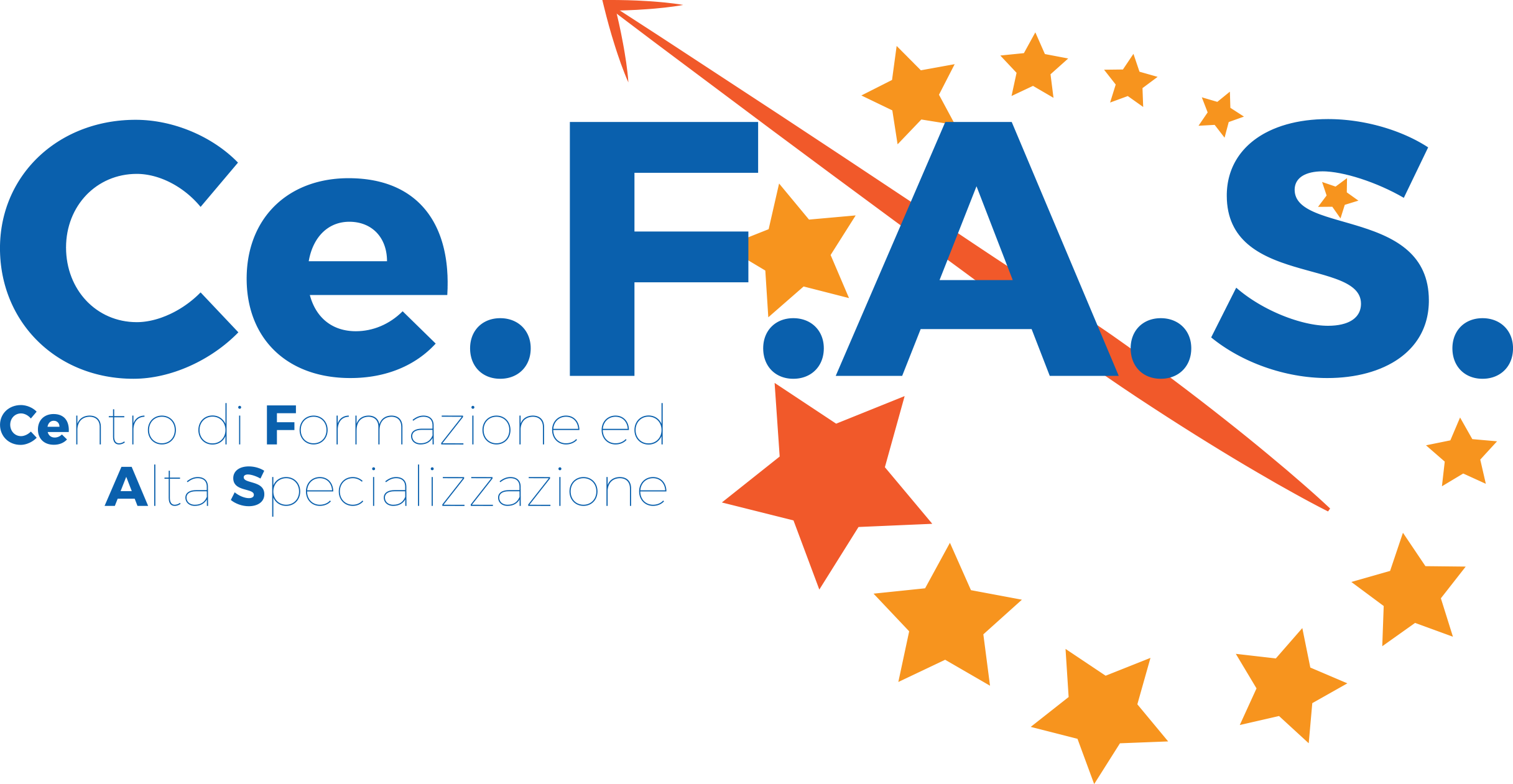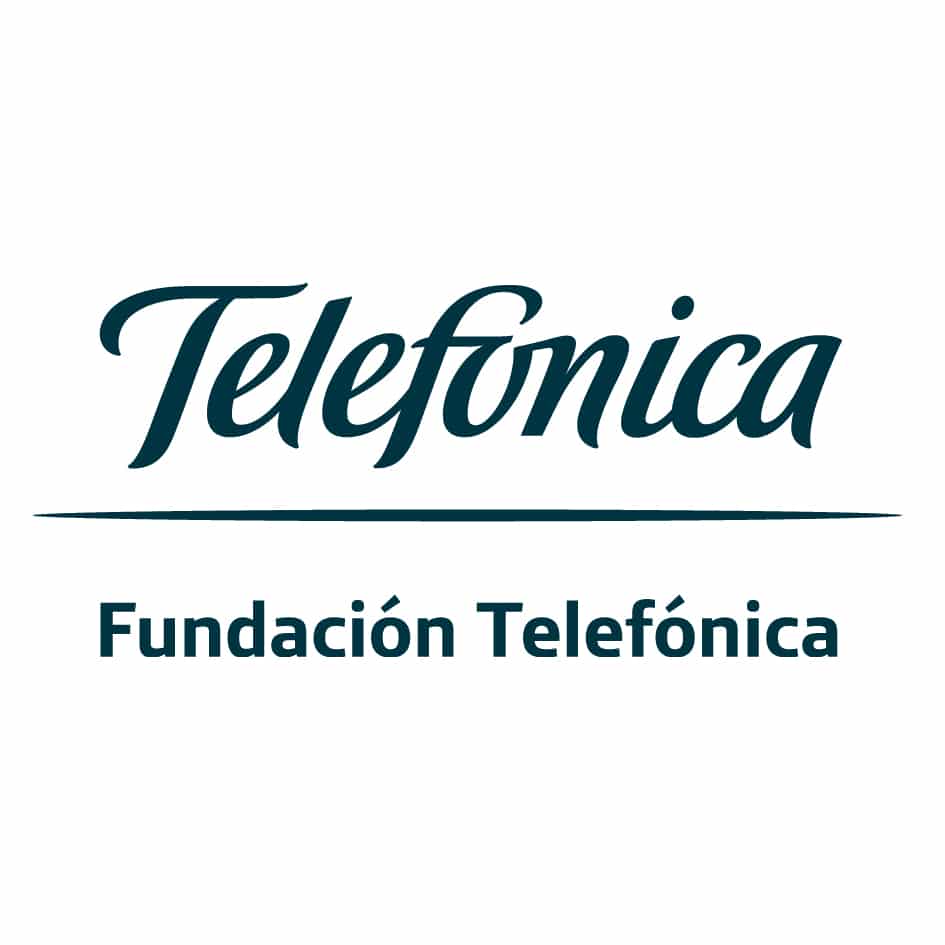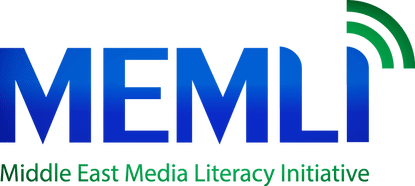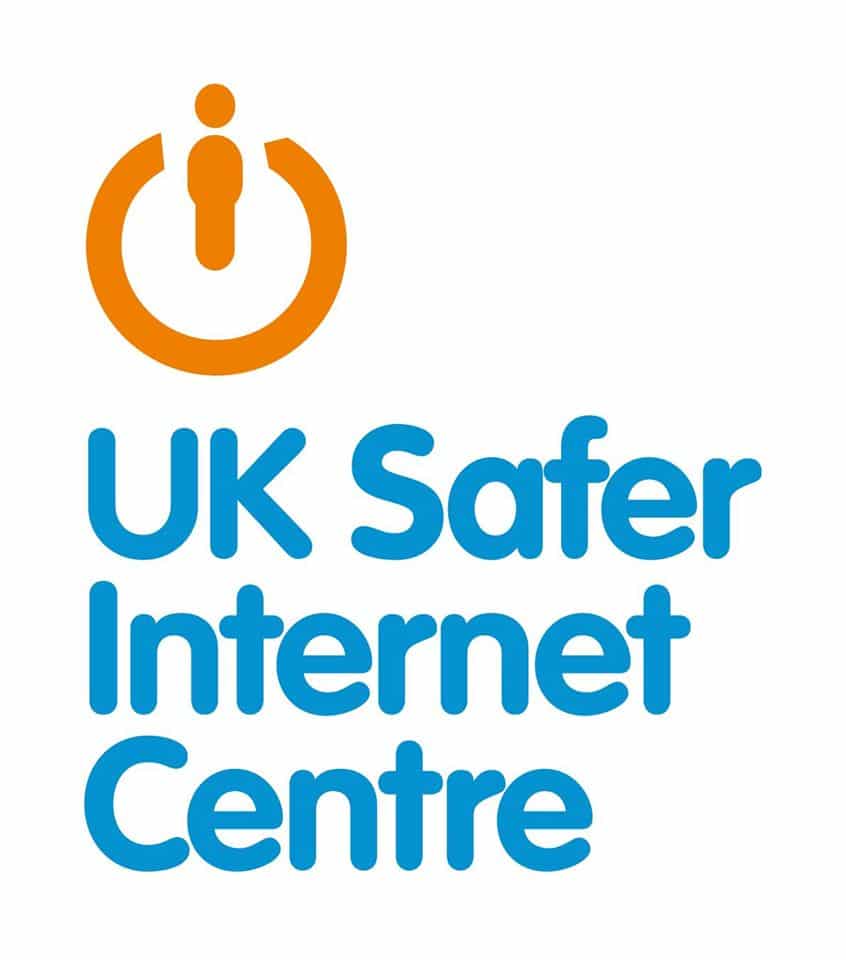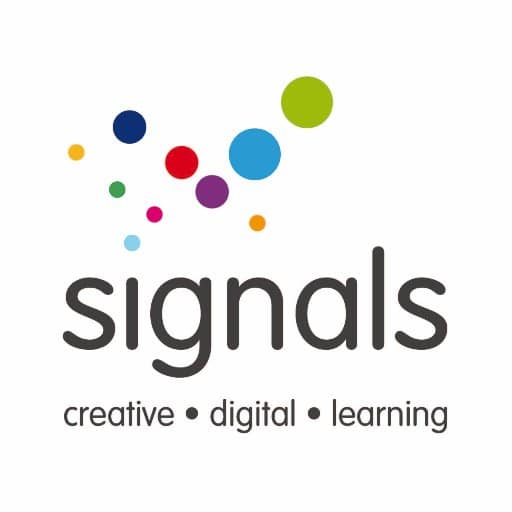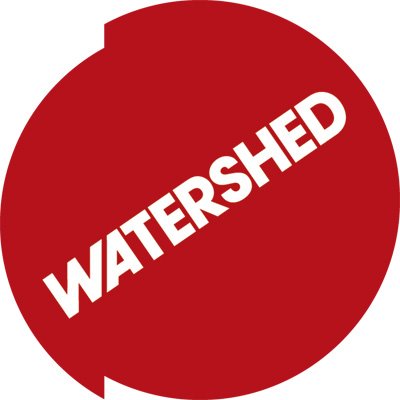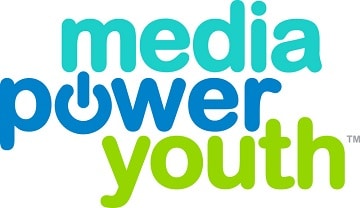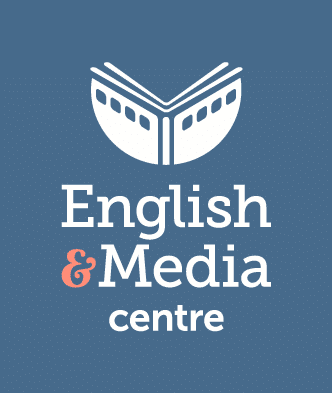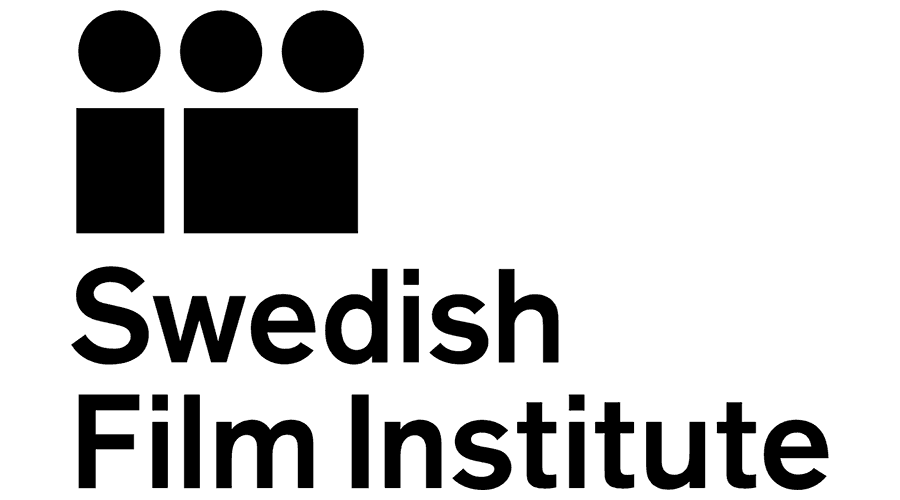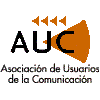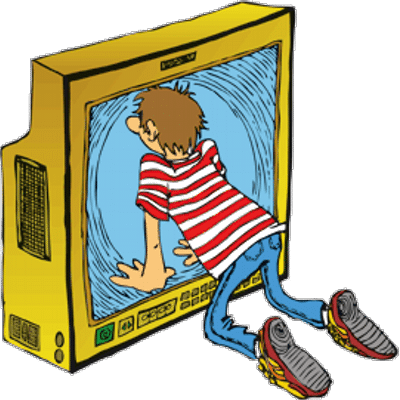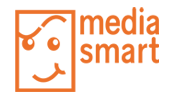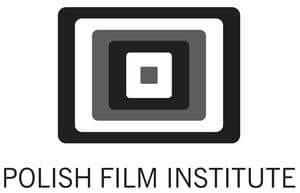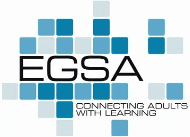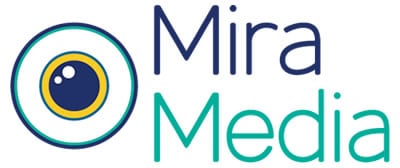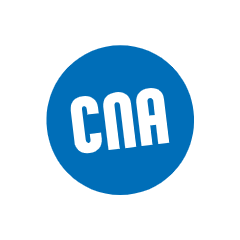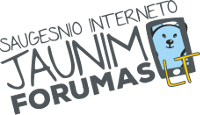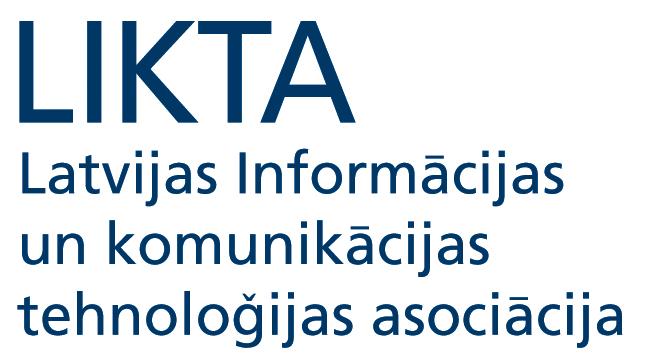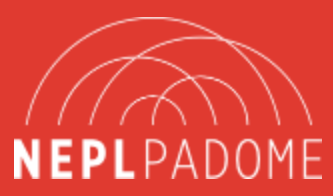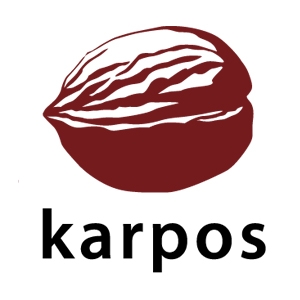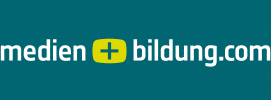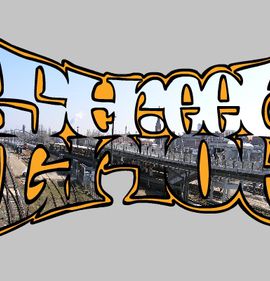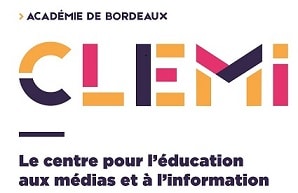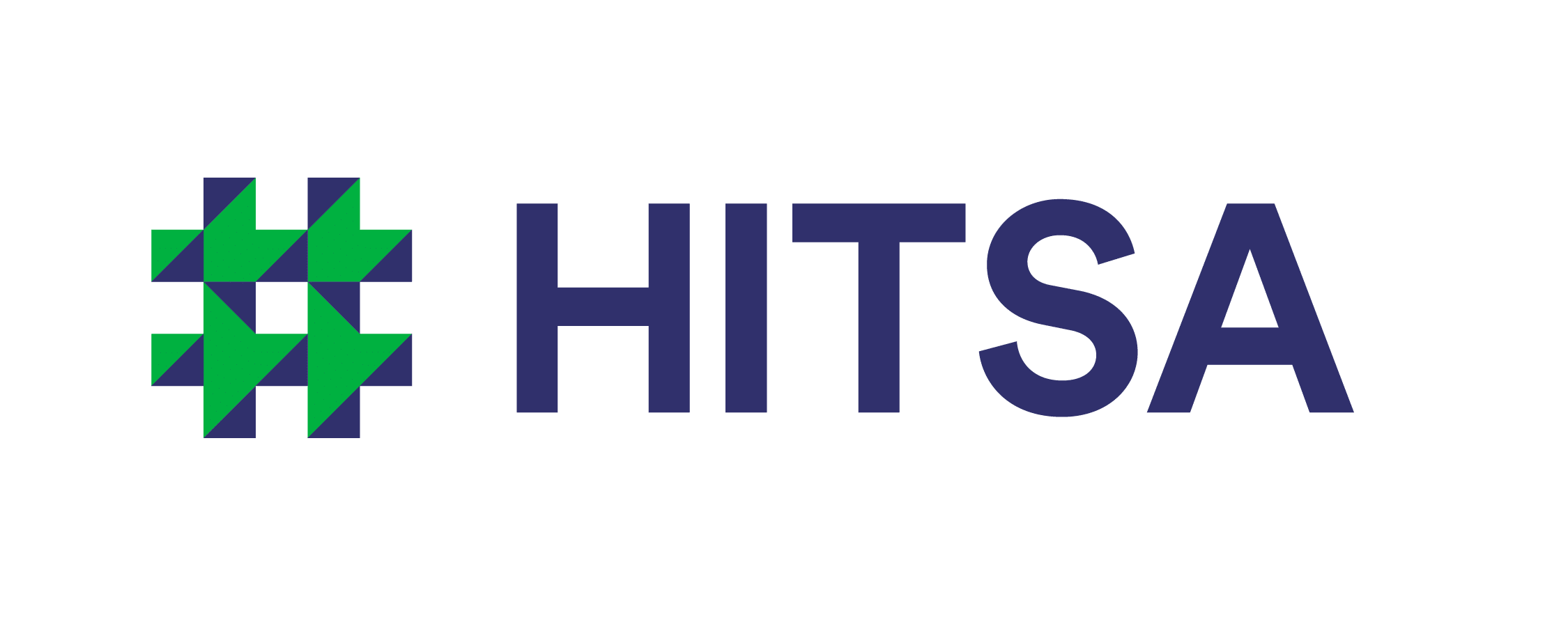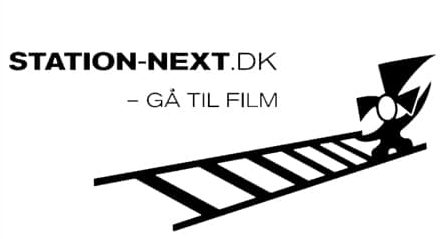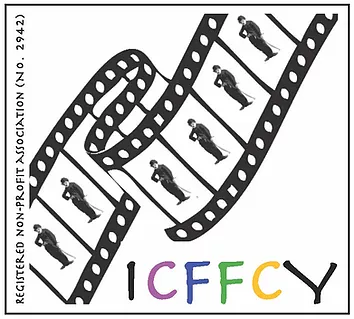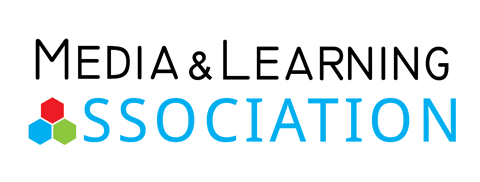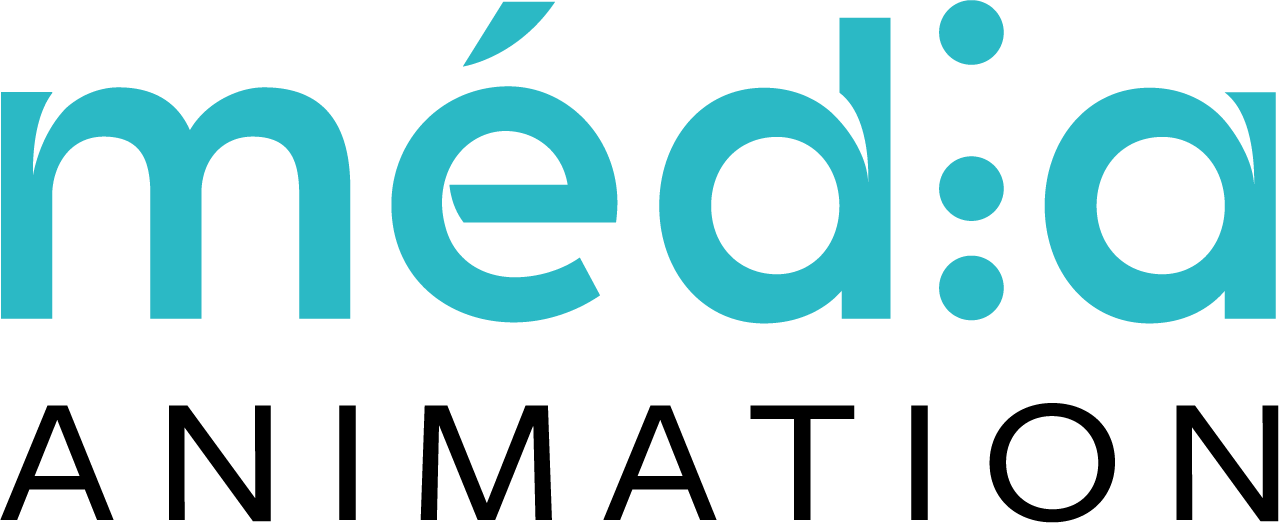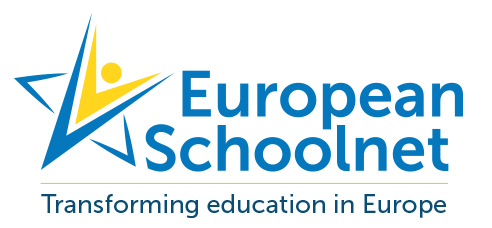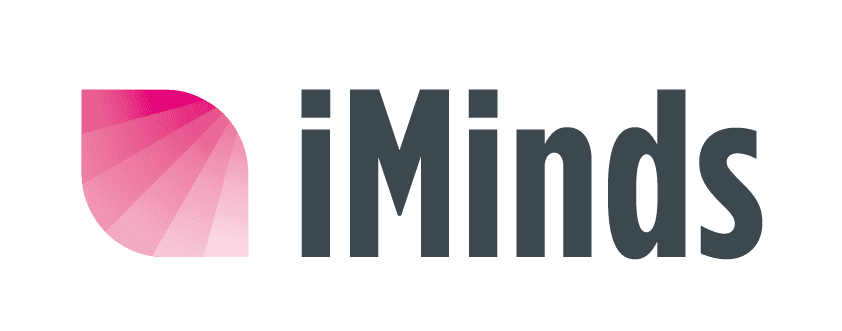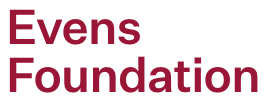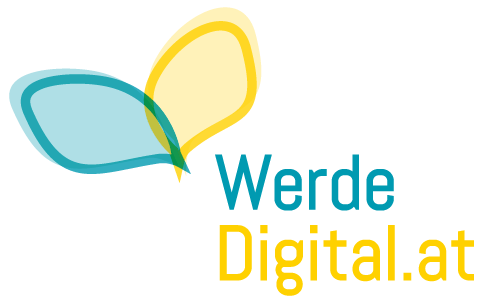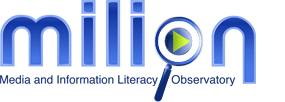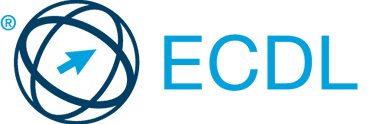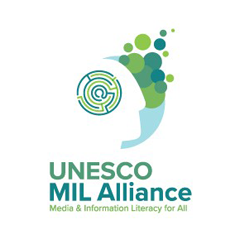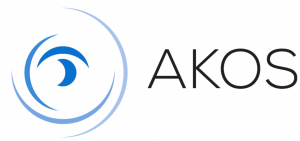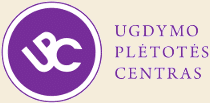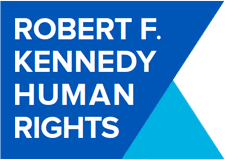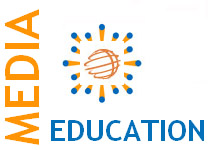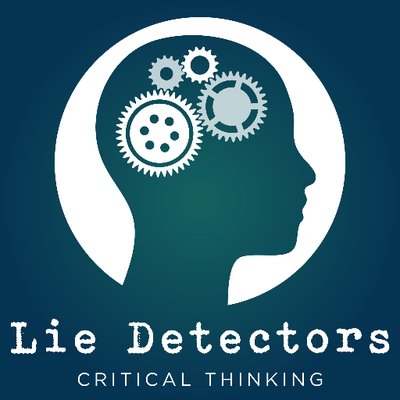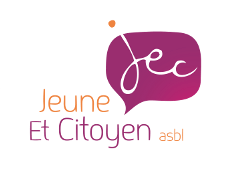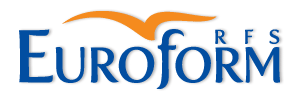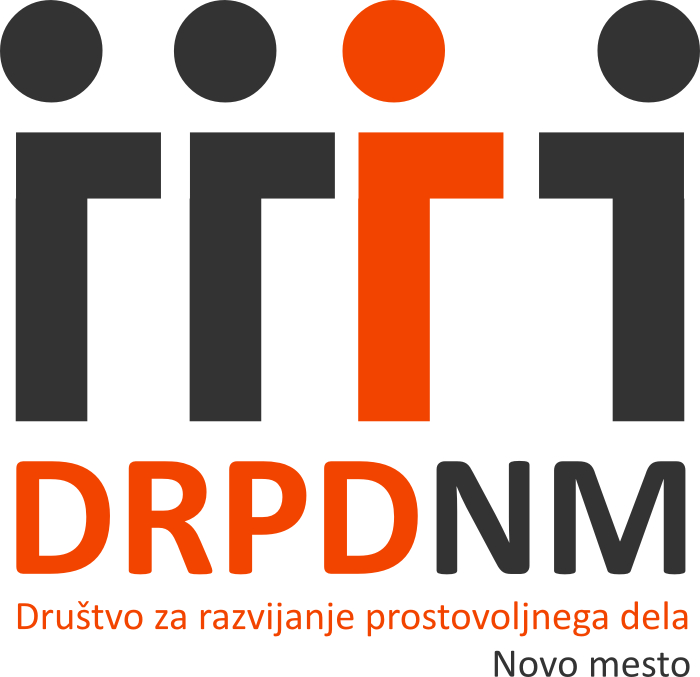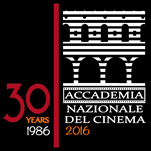Media are many different things to many people, and the ways they are designed and used affects all of our lives in myriad ways. In today’s digitised societies, making sense of the media landscape and learning to navigate it responsibly is essential for modern day citizenship. Indeed, a capacity for digital citizenship is required, one that understands that by receiving a quality media literacy education, new media need not be barriers, but powerful tools, for civic engagement. To ensure that digital citizenship is attainable by all members of society, media literacy programmes must include and reflect the most vulnerable segments of society.
Inequality and the media
If you ask most people, ‘What is media?’, very rarely will you receive some unifying definition of what media is. On the contrary, most often people will give a variety of answers. Frequently their replies will come with some additional descriptor attached, giving answers like the media, mass media, social media, digital media etc. Or just as likely, they will give a particular example of media, like cable news, newspapers, radio, podcasts, blogs, and so on. This is perfectly understandable given people’s practical experience, and that there is not in fact one thing called “media”. Often it is not fully understood that social media platforms like YouTube and Facebook are media, a company website or government portal is media, or that search engines and apps are media.
No matter which kinds of media one is talking about, simply put, media can produce inequality. Media are anything one must go through or use in order to share or gain access to information and culture, conduct business, receive benefits, organize, communicate or express ourselves with others, and much more. Because of this unavoidable dependency on media for these things, it means that media and the way we use them are never neutral. If we do not possess the knowledge or skills to access and use them fully and responsibly, they can and do exercise a great deal of power and control over our lives. This is definitely the case in the current era, with digital media all pervasive. Depending on who owns or controls particular media, how and for what they are designed, their barriers to access and the level of expertise they require, these things can lead to or worsen significant issues of freedom and inequality of opportunity in society. This is especially true for those who are already vulnerable, such as children, elderly, refugees, disabled, and economically insecure.
Media literacy is for everyone
Approaches to media literacy are as diverse as the societies they educate, which means they are inclusive of and accessible to those who are considered minorities, marginalised, and vulnerable.
Take refugees, for example. In 2018, 15,000 child refugees were resettled in Europe. Without interventions from internationally coordinated projects like RefugeesWellSchool and those aimed specifically at media literacy curricula tailored for migrants, these children might not receive the social support needed for integration, educational and professional opportunities and personal well-being, all hallmarks of a healthy society.
While media literacy initiatives are available for all age groups, as digital non-natives, the elderly face a unique set of challenges to overcoming the “digital divide”. Before someone becomes literate in new media they often bring their pre-literate habits and references with them when using them for the first time. A challenge for elderly digital media users is to unlearn these habits as they develop new competencies, such as securely navigating and searching for information on the Web. Organizations like Toronto-based Cyber Seniors’ mentoring approach provides a good example of solutions that not only bridge the gap between digital natives and non-natives but between the generations as well to create a more cohesive and media savvy society.
People with disabilities tend to be considered less as a group and more in terms of the diversity of their individual special needs. Hence, they tend to focus more on themes like inclusion and modification of the environment, including the media environment. A disabilities approach to media has great value, as it promotes media literacy not only for its analytic tools but as a productive means to create a more inclusive overall media environment. Programmes like the Digital and Media Abilities for Youth with Disabilities is already active promoting civic engagement among young people with disabilities.
Digital citizenship for all requires media literacy for all
The Council of Europe summarises digital citizenship as,
‘the ability to engage positively, critically and competently in the digital environment, drawing on the skills of effective communication and creation, to practice forms of social participation that are respectful of human rights and dignity through the responsible use of technology’.
A healthy, well-functioning, highly digitised society requires that all of its citizens are engaged digital citizens. Even the most vulnerable among it must be fully capable of responsibly participating, contributing and benefiting from the media environment on which digital citizenship depends. To achieve this, media literacy initiatives must be informed by and tailor themselves to the specific needs of the societies they aim to educate. Most importantly, everyone must have the opportunity to receive quality media literacy education, without exception or exclusion. The health of societies and the media environments that allow them to function depend on it.
Written by: Andrew Wojtkielewicz
Images from Vecteezy.com
Media are many different things to many people, and the ways they are designed and used affects all of our lives in myriad ways. In today’s digitised societies, making sense of the media landscape and learning to navigate it responsibly is essential for modern day citizenship. Indeed, a capacity for digital citizenship is required, one that understands that by receiving a quality media literacy education, new media need not be barriers, but powerful tools, for civic engagement. To ensure that digital citizenship is attainable by all members of society, media literacy programmes must include and reflect the most vulnerable segments of society.
Inequality and the media
If you ask most people, ‘What is media?’, very rarely will you receive some unifying definition of what media is. On the contrary, most often people will give a variety of answers. Frequently their replies will come with some additional descriptor attached, giving answers like the media, mass media, social media, digital media etc. Or just as likely, they will give a particular example of media, like cable news, newspapers, radio, podcasts, blogs, and so on. This is perfectly understandable given people’s practical experience, and that there is not in fact one thing called “media”. Often it is not fully understood that social media platforms like YouTube and Facebook are media, a company website or government portal is media, or that search engines and apps are media.
No matter which kinds of media one is talking about, simply put, media can produce inequality. Media are anything one must go through or use in order to share or gain access to information and culture, conduct business, receive benefits, organize, communicate or express ourselves with others, and much more. Because of this unavoidable dependency on media for these things, it means that media and the way we use them are never neutral. If we do not possess the knowledge or skills to access and use them fully and responsibly, they can and do exercise a great deal of power and control over our lives. This is definitely the case in the current era, with digital media all pervasive. Depending on who owns or controls particular media, how and for what they are designed, their barriers to access and the level of expertise they require, these things can lead to or worsen significant issues of freedom and inequality of opportunity in society. This is especially true for those who are already vulnerable, such as children, elderly, refugees, disabled, and economically insecure.
Media literacy is for everyone
Approaches to media literacy are as diverse as the societies they educate, which means they are inclusive of and accessible to those who are considered minorities, marginalised, and vulnerable.
Take refugees, for example. In 2018, 15,000 child refugees were resettled in Europe. Without interventions from internationally coordinated projects like RefugeesWellSchool and those aimed specifically at media literacy curricula tailored for migrants, these children might not receive the social support needed for integration, educational and professional opportunities and personal well-being, all hallmarks of a healthy society.
While media literacy initiatives are available for all age groups, as digital non-natives, the elderly face a unique set of challenges to overcoming the “digital divide”. Before someone becomes literate in new media they often bring their pre-literate habits and references with them when using them for the first time. A challenge for elderly digital media users is to unlearn these habits as they develop new competencies, such as securely navigating and searching for information on the Web. Organizations like Toronto-based Cyber Seniors’ mentoring approach provides a good example of solutions that not only bridge the gap between digital natives and non-natives but between the generations as well to create a more cohesive and media savvy society.
People with disabilities tend to be considered less as a group and more in terms of the diversity of their individual special needs. Hence, they tend to focus more on themes like inclusion and modification of the environment, including the media environment. A disabilities approach to media has great value, as it promotes media literacy not only for its analytic tools but as a productive means to create a more inclusive overall media environment. Programmes like the Digital and Media Abilities for Youth with Disabilities is already active promoting civic engagement among young people with disabilities.
Digital citizenship for all requires media literacy for all
The Council of Europe summarises digital citizenship as,
‘the ability to engage positively, critically and competently in the digital environment, drawing on the skills of effective communication and creation, to practice forms of social participation that are respectful of human rights and dignity through the responsible use of technology’.
A healthy, well-functioning, highly digitised society requires that all of its citizens are engaged digital citizens. Even the most vulnerable among it must be fully capable of responsibly participating, contributing and benefiting from the media environment on which digital citizenship depends. To achieve this, media literacy initiatives must be informed by and tailor themselves to the specific needs of the societies they aim to educate. Most importantly, everyone must have the opportunity to receive quality media literacy education, without exception or exclusion. The health of societies and the media environments that allow them to function depend on it.
Written by: Andrew Wojtkielewicz
Images from Vecteezy.com
Media are many different things to many people, and the ways they are designed and used affects all of our lives in myriad ways. In today’s digitised societies, making sense of the media landscape and learning to navigate it responsibly is essential for modern day citizenship. Indeed, a capacity for digital citizenship is required, one that understands that by receiving a quality media literacy education, new media need not be barriers, but powerful tools, for civic engagement. To ensure that digital citizenship is attainable by all members of society, media literacy programmes must include and reflect the most vulnerable segments of society.
Inequality and the media
If you ask most people, ‘What is media?’, very rarely will you receive some unifying definition of what media is. On the contrary, most often people will give a variety of answers. Frequently their replies will come with some additional descriptor attached, giving answers like the media, mass media, social media, digital media etc. Or just as likely, they will give a particular example of media, like cable news, newspapers, radio, podcasts, blogs, and so on. This is perfectly understandable given people’s practical experience, and that there is not in fact one thing called “media”. Often it is not fully understood that social media platforms like YouTube and Facebook are media, a company website or government portal is media, or that search engines and apps are media.
No matter which kinds of media one is talking about, simply put, media can produce inequality. Media are anything one must go through or use in order to share or gain access to information and culture, conduct business, receive benefits, organize, communicate or express ourselves with others, and much more. Because of this unavoidable dependency on media for these things, it means that media and the way we use them are never neutral. If we do not possess the knowledge or skills to access and use them fully and responsibly, they can and do exercise a great deal of power and control over our lives. This is definitely the case in the current era, with digital media all pervasive. Depending on who owns or controls particular media, how and for what they are designed, their barriers to access and the level of expertise they require, these things can lead to or worsen significant issues of freedom and inequality of opportunity in society. This is especially true for those who are already vulnerable, such as children, elderly, refugees, disabled, and economically insecure.
Media literacy is for everyone
Approaches to media literacy are as diverse as the societies they educate, which means they are inclusive of and accessible to those who are considered minorities, marginalised, and vulnerable.
Take refugees, for example. In 2018, 15,000 child refugees were resettled in Europe. Without interventions from internationally coordinated projects like RefugeesWellSchool and those aimed specifically at media literacy curricula tailored for migrants, these children might not receive the social support needed for integration, educational and professional opportunities and personal well-being, all hallmarks of a healthy society.
While media literacy initiatives are available for all age groups, as digital non-natives, the elderly face a unique set of challenges to overcoming the “digital divide”. Before someone becomes literate in new media they often bring their pre-literate habits and references with them when using them for the first time. A challenge for elderly digital media users is to unlearn these habits as they develop new competencies, such as securely navigating and searching for information on the Web. Organizations like Toronto-based Cyber Seniors’ mentoring approach provides a good example of solutions that not only bridge the gap between digital natives and non-natives but between the generations as well to create a more cohesive and media savvy society.
People with disabilities tend to be considered less as a group and more in terms of the diversity of their individual special needs. Hence, they tend to focus more on themes like inclusion and modification of the environment, including the media environment. A disabilities approach to media has great value, as it promotes media literacy not only for its analytic tools but as a productive means to create a more inclusive overall media environment. Programmes like the Digital and Media Abilities for Youth with Disabilities is already active promoting civic engagement among young people with disabilities.
Digital citizenship for all requires media literacy for all
The Council of Europe summarises digital citizenship as,
‘the ability to engage positively, critically and competently in the digital environment, drawing on the skills of effective communication and creation, to practice forms of social participation that are respectful of human rights and dignity through the responsible use of technology’.
A healthy, well-functioning, highly digitised society requires that all of its citizens are engaged digital citizens. Even the most vulnerable among it must be fully capable of responsibly participating, contributing and benefiting from the media environment on which digital citizenship depends. To achieve this, media literacy initiatives must be informed by and tailor themselves to the specific needs of the societies they aim to educate. Most importantly, everyone must have the opportunity to receive quality media literacy education, without exception or exclusion. The health of societies and the media environments that allow them to function depend on it.
Written by: Andrew Wojtkielewicz
Images from Vecteezy.com
